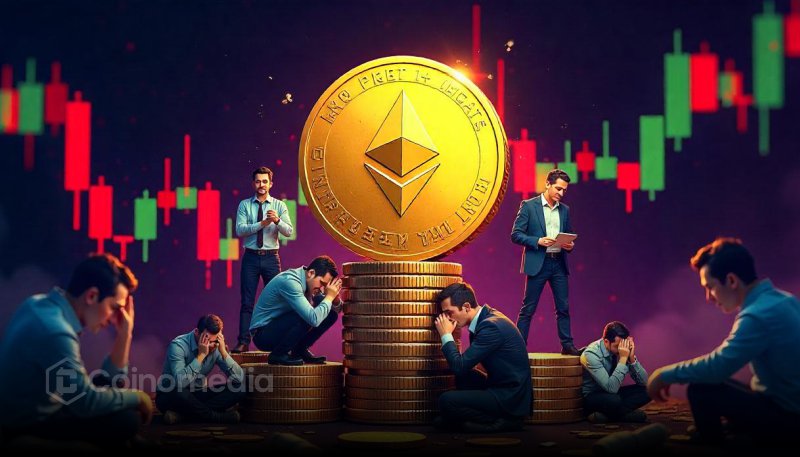Ethereum L1 Activity Soars as Gas Fees Plummet
Ethereum L1 sees record-high transactions and active users while gas fees drop to near historic lows.

- Ethereum Layer 1 hits all-time high in transactions
- Active addresses surge across the network
- Gas fees drop near record lows, boosting user activity
Ethereum’s Layer 1 network is experiencing an impressive uptick in on-chain activity. According to recent data, both the number of transactions and active addresses on Ethereum L1 have reached all-time highs. This renewed surge comes as gas fees — the cost of using the network — drop to near historic lows, making the network significantly more accessible for users and developers alike.
This shift is particularly noteworthy as Ethereum has long struggled with scalability issues, especially during periods of high demand. With gas fees now near their lowest levels ever, more users are engaging with Ethereum L1 directly, rather than relying on Layer 2 solutions or sidechains.
Gas Fee Drop Unlocks Ethereum’s Potential
One of the most talked-about aspects of this trend is the dramatic decline in gas fees. Lower transaction costs make it easier for users to interact with decentralized applications (dApps), mint NFTs, and transfer tokens — all without worrying about high fees.
This improved affordability has directly contributed to the rise in both transactions and active wallets. Projects built on Ethereum are seeing renewed interest, and user confidence appears to be growing as the cost barrier lowers.
Increased Layer 1 activity with reduced fees also indicates that recent network upgrades and scaling efforts may be delivering real-world results. As the network becomes more efficient, Ethereum is positioning itself as a stronger competitor in the blockchain space.
What This Means for Ethereum’s Future
The combination of record-high usage and record-low fees is a rare alignment that highlights Ethereum’s ongoing evolution. For developers, this means more experimentation and innovation at lower costs. For investors and users, it’s a signal that Ethereum is becoming more sustainable and scalable.
If this trend continues, Ethereum L1 may reassert itself as the go-to platform for a wide range of blockchain activities — from DeFi to gaming and beyond.



